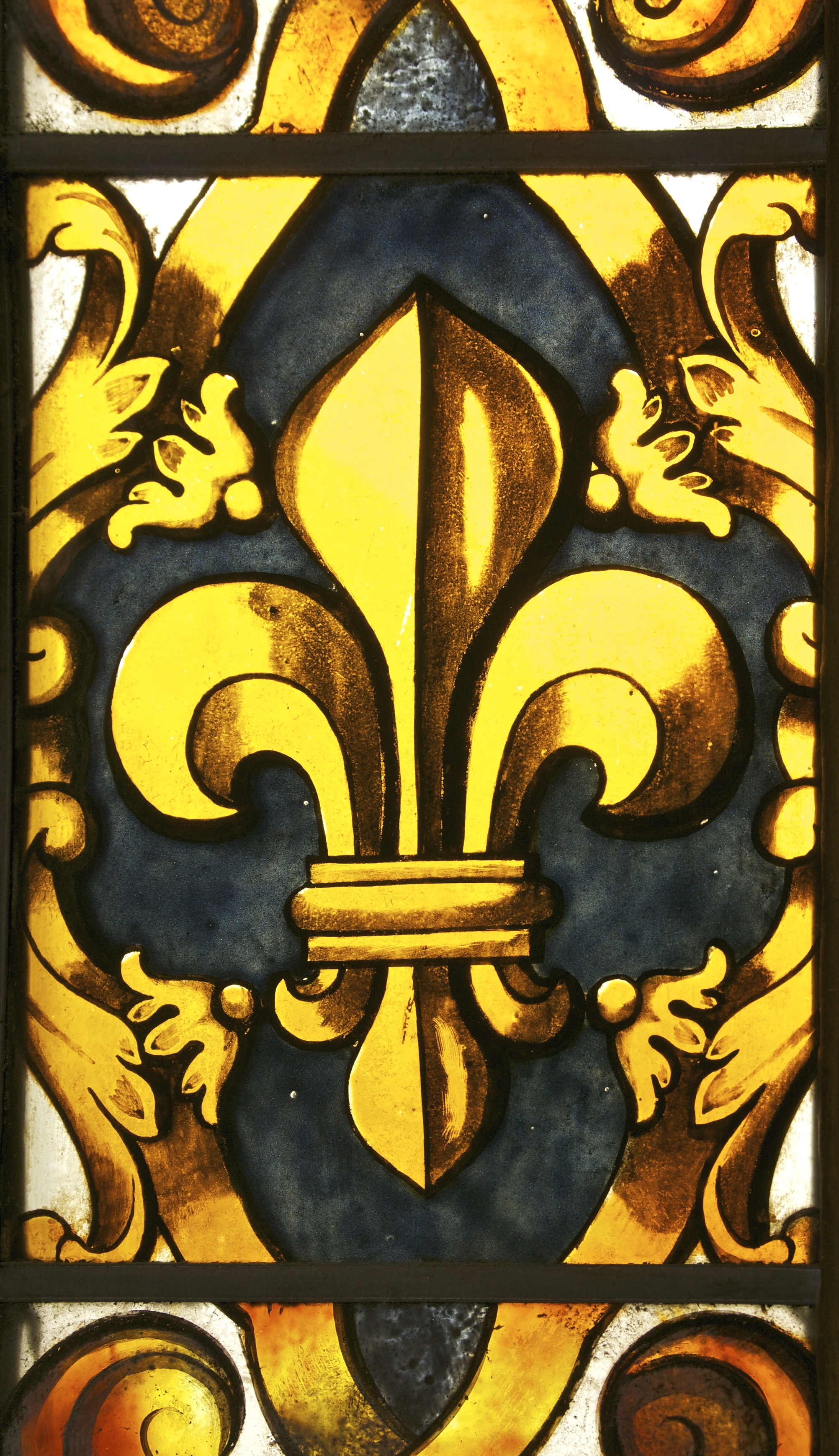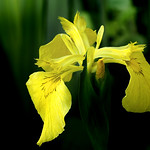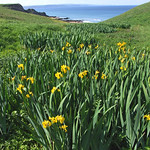Wild Flag Iris
Wild Flag Iris
The wild flag iris was a traditional natural dye used for both tartan and tweed. The roots were harvested and processed with bog iron or copperas as a mordant to make either black or dark blue dyes; they were also made into ink. The leaves were also made into dyes for tartans and tweed providing a bright green dye when mixed with alum as mordant.
The roots were also used medicinally in many parts of the Highlands. In his 'History of Scottish Medicine', (1932) John D Comrie speaks of their use as a laxative by Gaels in the Middle Ages. The author Martin Martin (c. 1660-1719) from Bealach in Skye, in his famous work 'A Description of the Western Isles of Scotland Circa 1695', first published in 1793, writes of iris roots being dried and ground into a powder for use as snuff to treat headaches and colds. Martin's book was used by Boswell and Johnson during their famous tour of the Western Isles in 1773 and is still in print today.
In Greek mythology Iris was the messenger of the gods, she is also said to have brought the souls of women to the land of Eternal Peace. This could be why they were often planted near graves.

Fleur de lis vitrail chapelle, Royale Versailles
Jebulon, CC0, via Wikimedia Commons
The plant is the origin of an important heraldic symbol, the fleur-de-lis, the use of which dates back into antiquity. Around 1060 it was adopted by the French Kings as a heraldic symbol. It has featured in the Royal Arms of Scotland, since the time of James I of Scotland (1394-1437).

